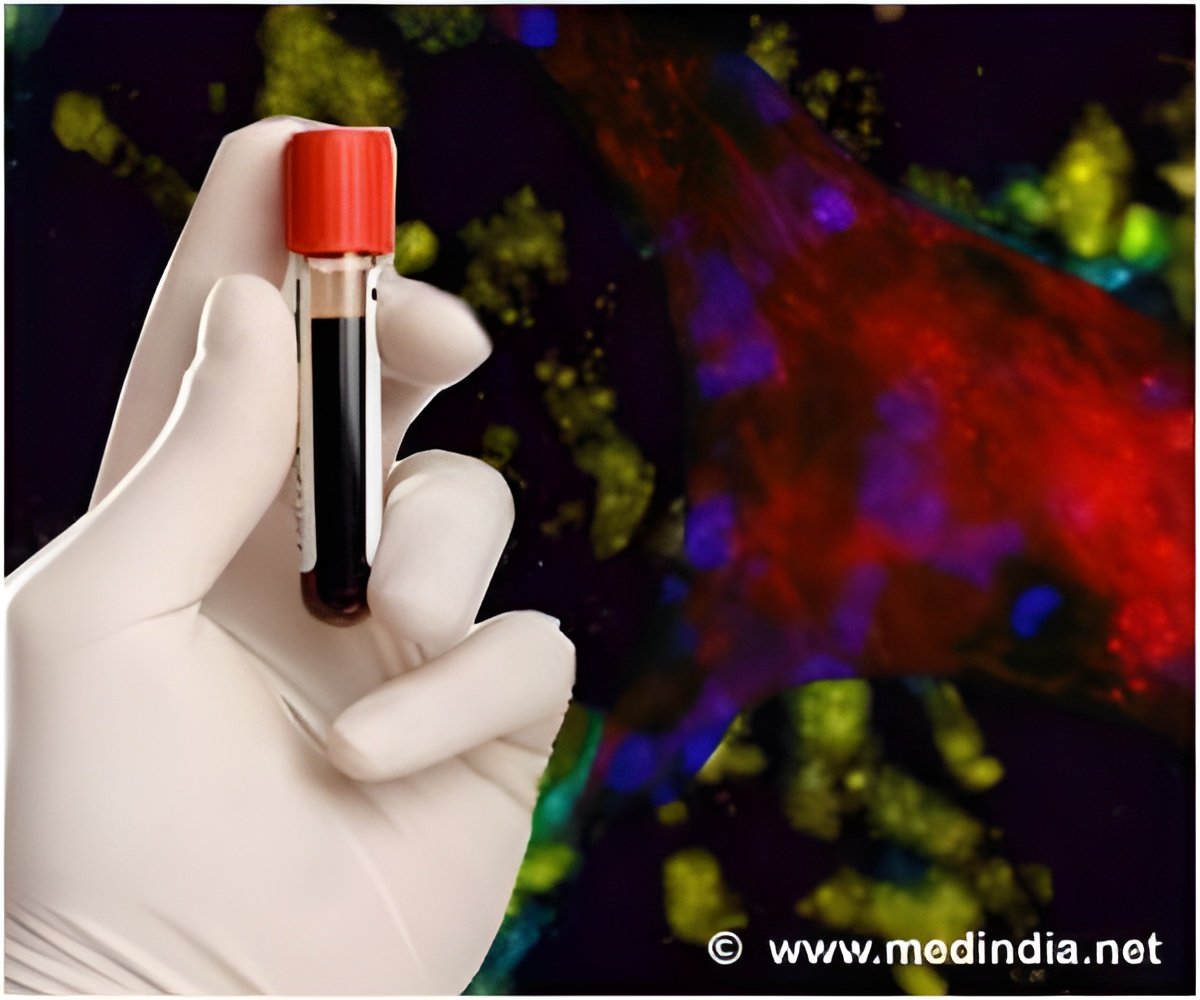Blood-forming stem cells are used therapeutically to restore blood production and immunity and are originally derived from ancestor cells.

‘Hematopoietic stem cells form from precursor cells that emerge during different stages of prenatal development.’





Understanding how the blood system emerges during prenatal development provides insight into the origins of infant leukemia and other blood diseases that occur early in life. Other researchers using different methods had linked life-long mammalian blood production to just a handful of precursor or "ancestor" cells that emerge during prenatal development.
In this study, St. Jude researchers used a color-coded cell labeling system and mathematical modeling to show that in mice, blood-forming stem cells arise from about 500 precursor cells rather than fewer than 10. While blood system development is the same in mice and humans, the number of precursor cells in humans is likely at least 10 times greater.
"All previous studies had reported that very few precursor cells are involved in establishing the blood system," said corresponding author Shannon McKinney-Freeman, Ph.D., an assistant member of the St. Jude Department of Hematology.
"But data in this study show that actually hundreds of cells are involved and that the developing blood system is more complex and may be shaped in part by regulatory bottlenecks that occur late in development and serve to restrict the number of blood-forming stem cells."
Advertisement
Hematopoietic stem cells form from precursor cells that emerge during different stages of prenatal development. As development continues, the cells specialize and become the heart, kidneys, blood and other organs.
Advertisement
The results suggested that only a handful of blood stem cells emerged from the developing mammalian aorta, traveled to the fetal liver and expanded dramatically before migrating to the bone marrow.
For this study, first author Miguel Ganuza, Ph.D., a postdoctoral fellow in McKinney-Freeman's laboratory, adapted a system used to study the cellular makeup of solid tumors. The multi-colored labeling system is activated by genes expressed during specific windows of development.
Ganuza used the system to label and track the fate of precursor cells from various developmental stages in mice. "We wanted to understand what was happening with different progenitor cells at different stages of development when we knew important decisions on the fate of cells occurred," Ganuza said.
Co-author and statistician David Finkelstein, Ph.D., of the St. Jude Department of Computational Biology then used mathematical modeling to work backward from peripheral blood in adult mice to track the contribution of precursor cells from the early, middle and late stages of prenatal development.
The results showed that far more precursor cells contribute to the population of blood stem cells in adult mice than was expected. The findings also raised questions about the role of the fetal liver in blood system formation.
"For decades the fetal liver was thought to be where the number of blood stem cells expanded dramatically," McKinney-Freeman said.
"The results in this study raise questions about that model and even suggest the presence of developmental bottlenecks in the fetal liver or at later stages of development that restrict the blood stem cell population.
While unexpected, the newly revealed size and complexity of the emerging blood system make sense developmentally, McKinney-Freeman said. "Producing hundreds of progenitor cells during different developmental stages means the organism has greater flexibility to adapt to issues and problems that might emerge as development progresses," she said.
Source-Eurekalert












